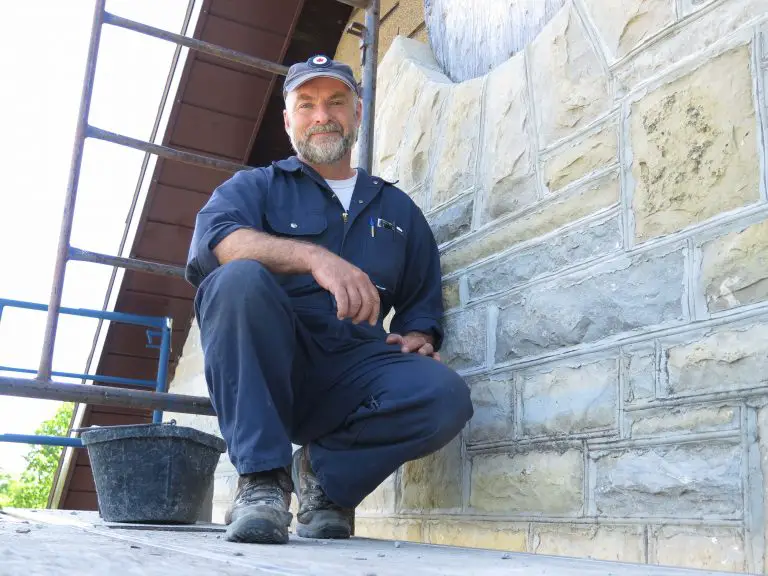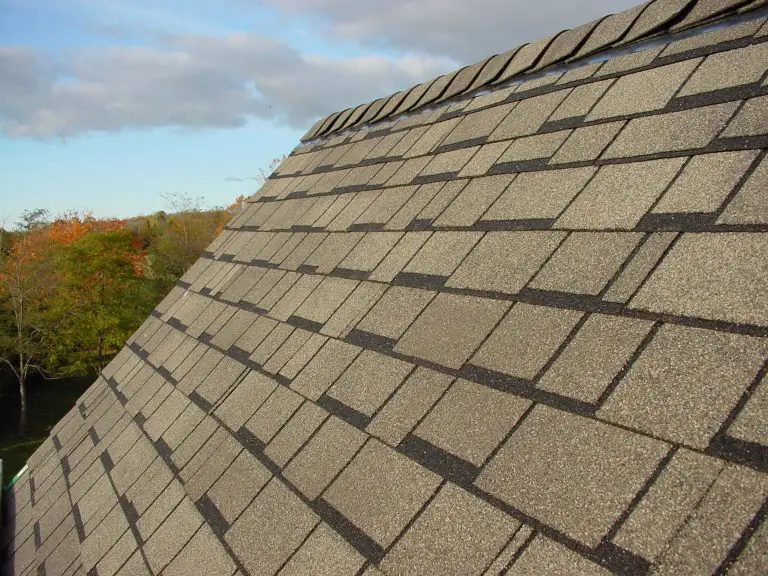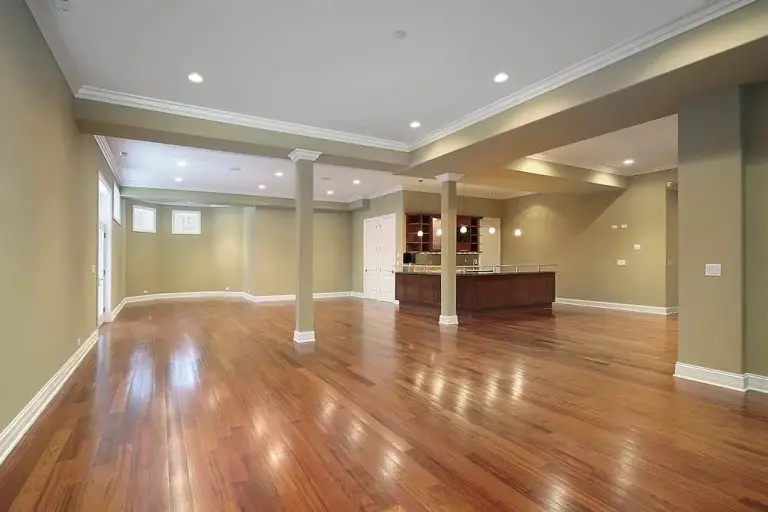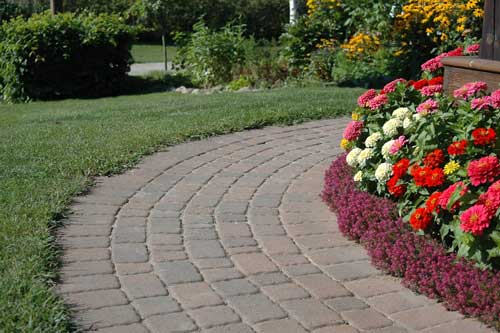
Water always flows to the lowest point, and the foundation is the lowest point of your home. However, water should stay miles away from your home’s foundation since the mere presence of standing water can wreak havoc on your home. Many homeowners are unaware of the damage water and moisture can do to their homes. Water under a home’s foundation can lead to cracks, leaks, and structural problems. Let’s explore how water can weaken your home’s foundation and find out ways to fix it.
Causes of Water Damage
Before learning about water damage restoration, have a look at some common causes of water damage:
1. Hydrostatic Pressure
Concrete is porous, which means that water can penetrate it on its own. When water accumulates in the ground around your house, it builds “hydrostatic pressure” that pushes against your foundation walls. This pressure can cause the foundation walls to crack and bow, which can lead to foundation leaks.
2. Expansive Soil
Expansive soils like clay can absorb water. The more the water is absorbed, the more the soil volume increases. When the soil expands, it exerts pressure against the foundation, causing cracks in the walls or floors, which serve as entry points for water. During dry weather, the same soil contracts, leading to shifting and settling.
3. Poor Drainage
Drainage systems like sump pumps, French drains, gutters, and downspouts can be improperly installed, get clogged, or are insufficient. Due to this, they fail to channel away excess water from your home’s foundation. As a result, the water accumulates around your home’s foundation, increasing the risk of seepage.
4. Improper Grading
Improper landgrading around a building can cause water to flow towards it instead of away from it. Correct grading should direct water away from your property to prevent water pooling and subsequent seepage.
5. High Water Table
A high water table means that the natural groundwater level is closer to the surface. Homes built in areas with a high water table are more vulnerable to seepage, particularly in rainy seasons when the water table rises due to precipitation.
6. Heavy Rainfall
Heavy rainfall or melting snow can saturate the ground very quickly. Natural or manmade drainage systems sometimes fail to handle increased water levels. As a result, excess water infiltrates the foundation and basement.
7. Plumbing Leaks
Pipes can break or leak due to corrosion. Water can also leak into the walls, floors, or soil surrounding the foundation due to poor connections. Such plumbing leaks can lead to water issues.
How Water Damage Weakens Foundations
Let’s see how water damage impacts your home’s foundation:
1. Cracks in the Foundation
Cracks in foundation walls resulting from increased hydrostatic pressure can widen over time and compromise your home’s structural integrity. In addition, the saturated soil around your foundation can lose its bearing capacity, causing the foundation parts to settle unevenly.
2. Foundation Shifting
As described earlier, the soil under the foundation expands when wet and shrinks when dry. Changes in soil volume cause movement under the foundation, leading to differential settlement. As a result, the foundation can shift. A shifting foundation can lead to other foundation problems, such as cracked walls, uneven flooring, and other structural problems.
3. Bowing Walls
When the hydrostatic pressure exerted against the foundation walls increases, it starts pushing the walls inwards. Also, the expansive soils exert lateral pressure on the foundation walls, leading to leaning or bowing.
4. Mold and Mildew
Persistent moisture issues in the foundation provide the ideal conditions for mold and mildew to thrive. Mold spores can spread throughout your home, causing health problems like allergies, respiratory issues, and other illnesses.
Signs of Foundation Damage Due to Water
Recognizing the early signs of water seepage and foundation damage can help you resolve the problem before it intensifies. Look for these common signs of water damage in your foundation:
- Musty odors
- Cracked walls
- White powdery deposits called efflorescence on the walls
- Water accumulating around your home
- Wet walls
- Increased humidity levels
- A damp basement or crawl space
- Discoloration or stains on foundation walls
- Pest infestations
- Warped or bouncy floors
How to Fix Water Damage
Here are some effective strategies to fix and prevent water damage to your foundation:
- Basement Waterproofing
Basement waterproofing involves applying waterproof materials or products. This is to prevent water from entering or removing it once it enters. Some standard waterproofing solutions include epoxy injections and drain tile systems.
2. Foundation Repair
Is your foundation having structural problems like cracking or settling? Contact foundation repair professionals to resolve these problems. Some common foundation repair methods include:
- Polyurethane Sealants to help fill the gaps and cracks in the wall.
- Steel Piering / Underpinning to stabilize shifting or settling foundations.
- Steel or Carbon Fiber Reinforcement to strengthen and stabilize cracked or bowing concrete structures.
- Wall Anchors tohelp stabilize or repair bowed and cracked foundation walls.
Addressing foundation problems using these methods not only prevents water seepage, but also contributes to the overall stability of your home.
- Sump Pump Installation
Consider installing a sump pump in the lowest area of your basement or crawl space, to get rid of the pooling water. Sump pumps are an excellent solution for pumping out water, especially for homes situated in areas vulnerable to flooding or with a high water table.
2. Proper Grading
Make sure that the soil around your home is properly graded, so water flows away from your foundation rather than towards it. The slope of the surrounding soil must effectively channel water away from your home and reduce the risk of seepage.
3. Regular Maintenance
Regular maintenance is a must for keeping your foundation and drainage systems in optimal condition. Contact professionals to conduct thorough foundation inspections at least once a year. Professionals take the following measures during foundation inspections and maintenance:
- Inspecting for signs of water or moisture damage.
- Inspecting and cleaning your gutters to keep them from getting clogged.
- Making sure that downspouts, sump pumps, and other drainage systems are efficient enough to direct water away from your foundation.
- Identifying the gaps and cracks in the foundation walls and sealing them to prevent water seepage.
- Making sure no new cracks develop in the foundation walls over time.
Contact Professionals for Water Damage Restoration
Moisture or water accumulation resulting from increased hydrostatic pressure, soil erosion, and foundation movement can weaken your home’s foundation over time. Water damage can lead to cracked foundation walls, bowing walls and floors, and mold growth. Adequate maintenance and professional help can save your foundation from water damage. Foundation repair experts look for the signs of damage and recommend effective strategies to help waterproof your foundation. So, call foundation experts for assistance now!












